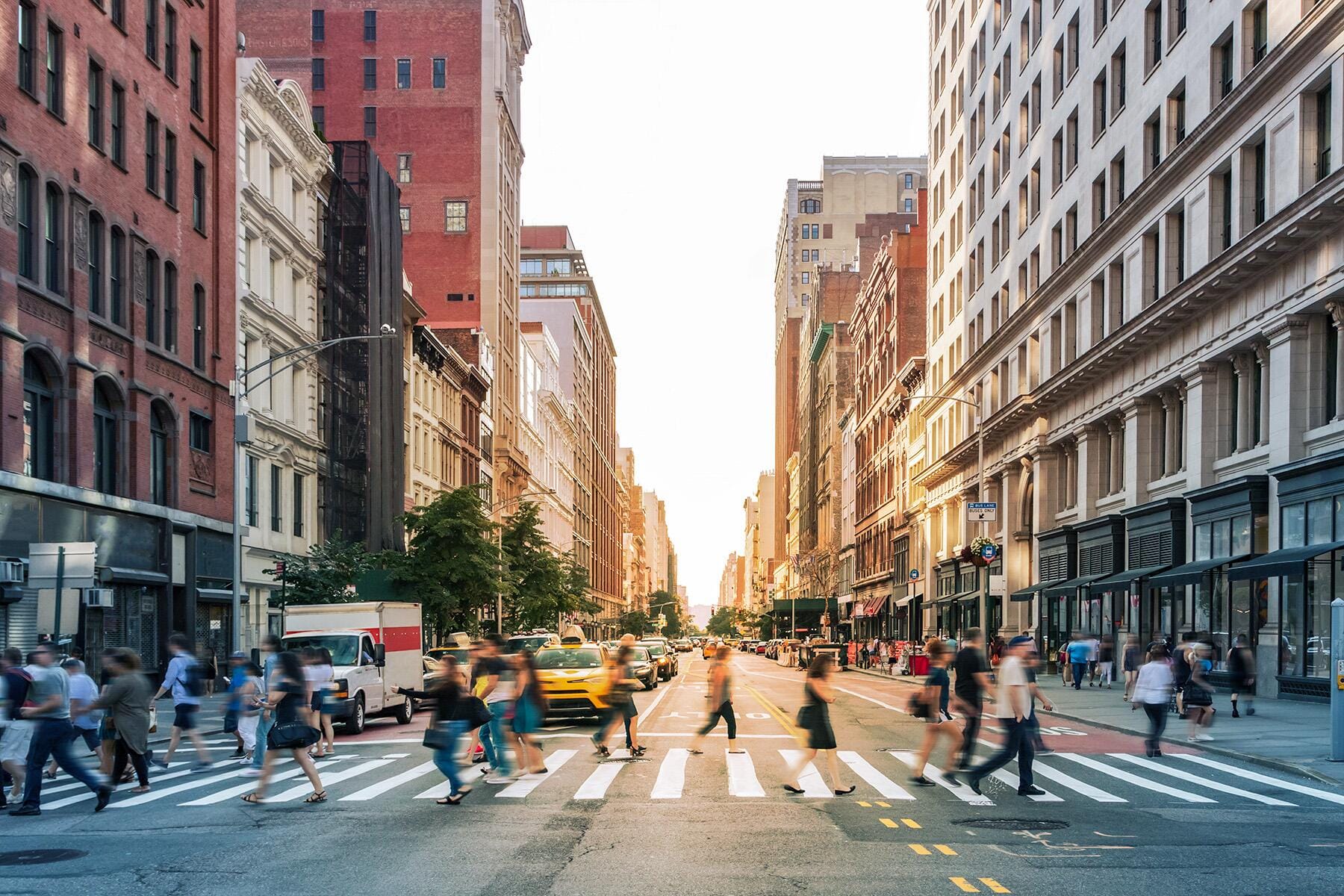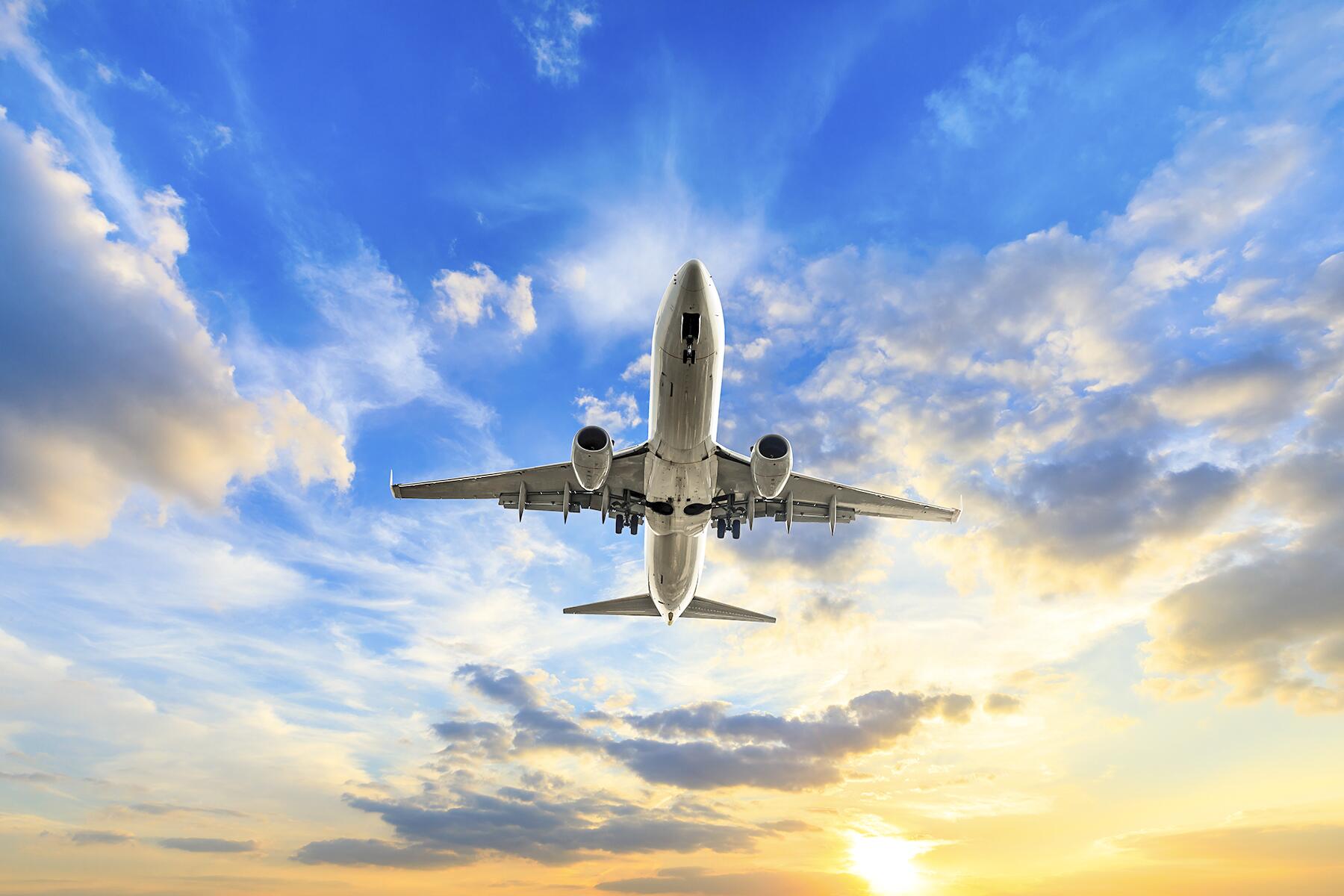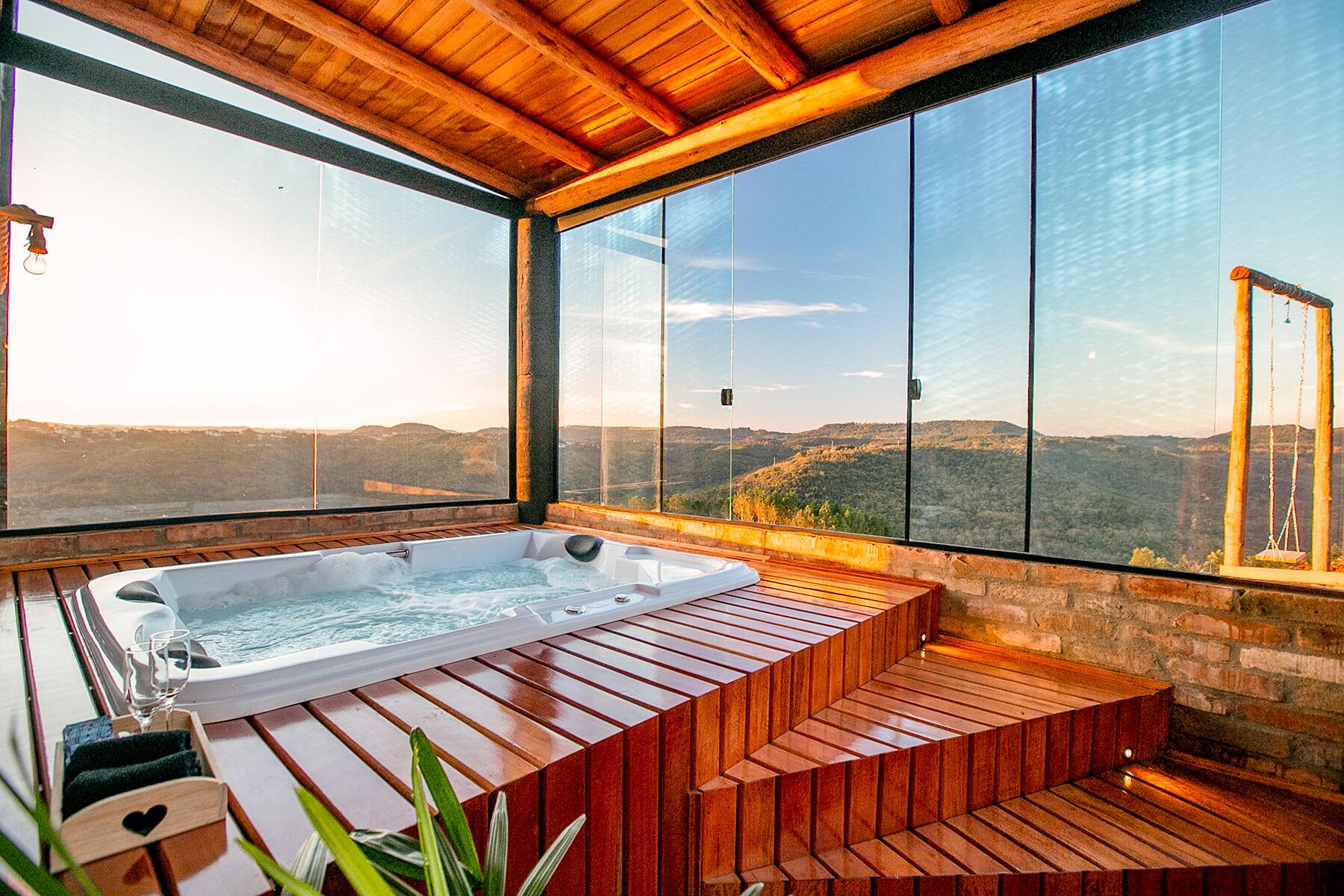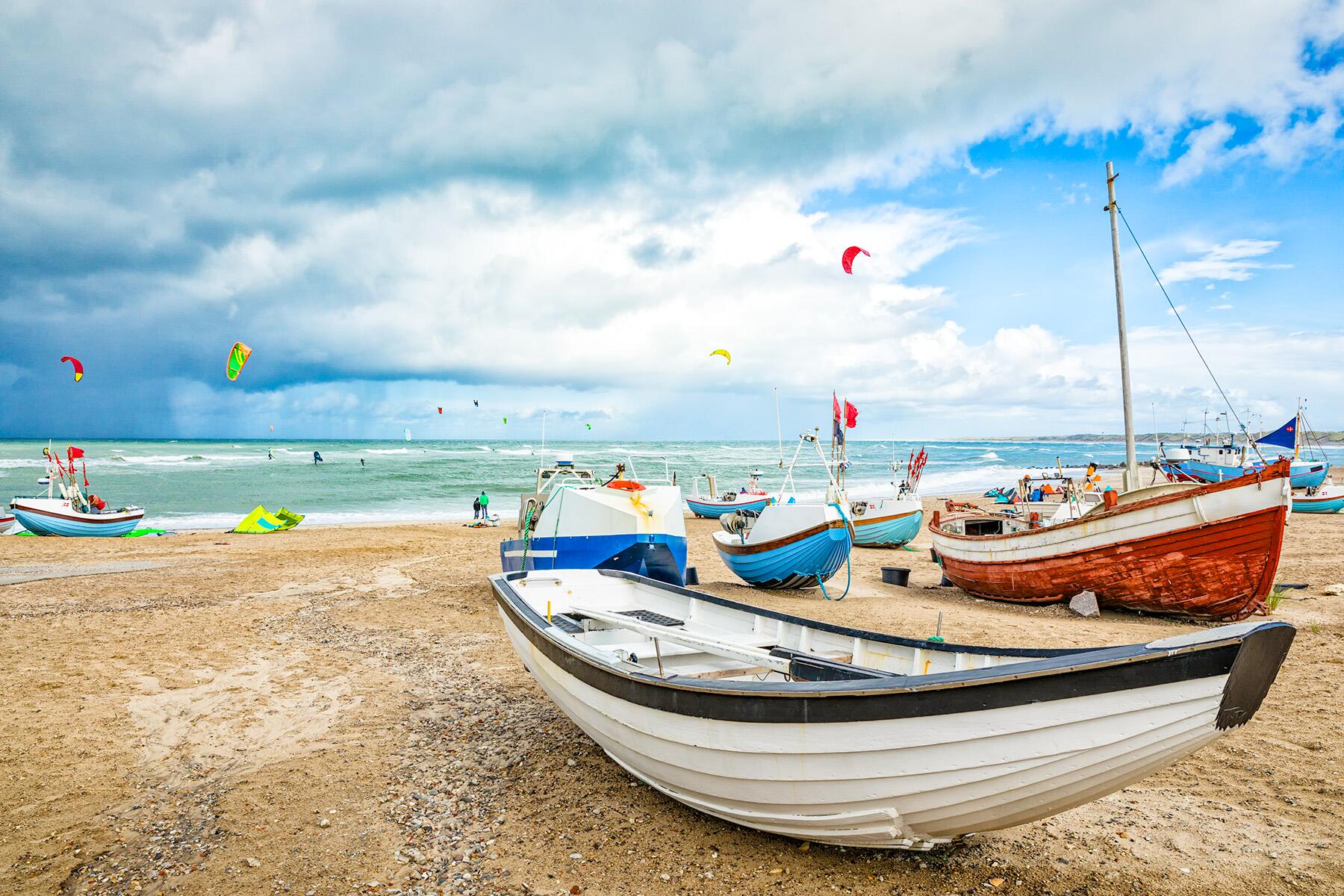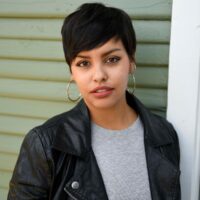Surfing in Denmark? You need to know about Cold Hawaii.
Upon arriving in Vorupør, Denmark, in the district of Thy, I hiked up a dune for a better look at the ocean. The wind whipped up sand, and I pulled my jacket closer. Located at about the same latitude as Juneau, Alaska, 50 degree-weather in Vorupør in May was no surprise. Denmark’s first national park, Thy National Park, surrounded me with coastal dunes that turned from sand to grass-covered mounds the further inland they crept.
The rugged coastline stretched in both directions, interrupted only by a small pier to my left and blue, white, and red fishing boats sprinkled on the beach. In the sea, surfers in full-body wetsuits paddled out in search of a wave for an epic ride.
I stood in Cold Hawaii, an area comprised of 31 surf spots dotting the coast from Agger in the south to Vigsø in the north. What makes it especially unique is that it offers the right environmental conditions for all disciplines of surfing–windsurfing, kitesurfing, windfoil, regular surfing, and subsurfing.
I’d always associated surfing with warm weather and tropical places, but Cold Hawaii upended my preconceived ideas–and I wanted to know how it came to be.
“No One Knows Where It Comes From”
Peter Joseph Jensen was born and raised in Vorupør, one of the small fishing villages that line the northwest coast of Denmark in the district of Thy. His family traces back to the origins of Vorupør, where for many generations, people held a very specific view of the sea.
Recommended Fodor’s Video
“We grew up with immense respect for the sea; it was no playground. We didn’t swim in the sea much as children, and our parents and grandparents shook their heads at the tourists lying on the beach,” he said.
Windsurfing and surfing slowly emerged in Thy around the late 1970s, primarily drawing people from other parts of Denmark and nearby countries like Germany. Jensen remembers the tensions that arose between locals and surfing visitors.
“I’m not sure if it was the surfers themselves that the locals had an issue with; I think it was more about the feeling of ‘lack of respect’ from the surfers towards their workplace, culture, and area. They stayed in their camper vans, brought their own food, and disposed of their waste in nature; it’s not like that anymore,” Jensen recalls.
Rasmus Johnsen was one of these outsiders. He had grown up in North Jutland, further inland from the Cold Hawaii region, and didn’t get into windsurfing until his early twenties. He was living and working in Odense (the famed city of Hans Christian Andersen) when he heard about the great surfing conditions of Klitmøller and Hanstholme (both located in the Cold Hawaii area). He visited the surf spots in these villages often.
Then in 2004, something happened that made the trained philosopher get involved in the municipality in a way he never imagined.

“There’s a town called Hanstholm. The beach up there is very important for wind sport. There’s this one area where at least 50 percent of the good days within windsurfing and kitesurfing is in that area, and that area belongs to the harbor,” he explained. “In 2004, I heard about a project. They wanted to put up a big pier right where we were windsurfing, and on that pier, they were supposed to place wind turbines. That would be the end of these windsurfing spots.”
This project caused concern among the wind sport community, who organized an association to save the surf spot. Johnsen took on the task of leading the association.
“We were able to collect quite a lot of money that we used to hire a big Danish engineering firm. We wanted them to analyze the entire situation to see if it was indeed possible to create or to change the project so that we could preserve this very important windsurfing area and the harbor could get whatever they wanted out of the project,” Johnsen said.
Neither the locals nor the harbor was thrilled with outsiders intervening, especially since the harbor was connected to a majority of the businesses in that region.
“You can imagine that windsurfers and surfers from outside, interfering with something that important for this little municipality, was not at all popular,” Johnsen said.
However, the engineering firm found that if the harbor moved their project west, it would result in an even better project. Thanks to an open-minded mayor who helped facilitate a conversation between the surfer’s association and the harbor, the windsurfing spot was saved.
A new conversation was born from this experience–one in which considered how surfing could be a driving force to reinvigorate the region. A master plan to lay out this idea was proposed. Johnsen’s association needed a name for the plan, so they took one that surfers had been calling the region for decades.
“I wish I could say that it was my idea to call it ‘Cold Hawaii,’ but it wasn’t. The beautiful thing about that name is that no one knows where it comes from,” Johnsen said.
“We Were Hooked Right Away”
Funding for the Cold Hawaii plan partly came from a philanthropic Danish foundation called Realdania. The non-profit liked the idea of a rural region utilizing something that made it unique–like Cold Hawaii’s surf spots–to attract new residents, create businesses, and increase tourism.
Cold Hawaii started by developing infrastructure to make the coast more accessible, and from there, things quickly started to change. In 2009, Vorupør’s first surf shop, Folke’s, opened, and Jensen was among the first customers.
“A friend and I got curious and went down to buy a cheap wetsuit and a board, and then it was off to the water to give it a try. We were hooked right away,” said Jensen. “Back then, there were no surf schools, so it was all about ‘learning by doing.’ We were the very first locals to try surfing, and since then, others have followed suit.”
Jensen and his partner Sigrid Bruun Jakobsen took over Folke’s in 2011, changing the name to Vø Surfshop. It’s now connected to a hotel, Vorupør Badehotel, that the couple opened with their friends Tomas Aagesen and Nanna Nyhus in 2023. Vø Surfshop offers lessons and sells surfboards designed by Jensen and their own clothing brand, Nørre Vegas.
“In 2016, we helped start Surfcompagniet Nr. Vorupør, an association that is still active and especially helps local children and young people get started with surfing and become familiar with the sea,” Jensen added.
Part of the Cold Hawaii master plan involved creating a huge event that would draw people to the region. This led to the international Cold Hawaii PWA World Cup being launched in 2010. Today, the Cold Hawaii Games is held annually with events for surfing, SUP, cycling, running wing foil, and yoga.
In the past 15 years, the villages located within the Cold Hawaii region have changed considerably.
“The surf culture combined with the local charm in Vorupør has attracted an entirely new group of newcomers, and in the last three to four years, many new residents have moved to the town, which helps keep the town more vibrant throughout the year,” said Jensen.
Johnsen moved to the region, where he now works to help other communities do what Cold Hawaii did for Thy. According to Johnsen, Cold Hawaii created 200-300 new workplaces for the area and drove new settlers to the fishing villages. Klitmøller went from about 800 people in the early 2000s to over 1,200 today.
“We did a project where we showed that from the beginning of the ‘90s, when the first windsurfers moved to Klitmøller, there has been this change in demographics. People have become younger, also more well-educated, and that has continued all the way to now. People come with new perspectives, new ideas and create companies, and are definitely keeping this area alive,” Johnsen explained.

“People Know This Is Unique”
In the summer, you’ll find hundreds of surfers in the Cold Hawaii sea. The winter season brings better surf conditions, so there’s always someone on the water.
While Cold Hawaii is now world-famous for being a surf spot, the villages within the area haven’t lost their charm. You won’t find big buildings ruining the views of the sea. Locals live in communion with the beautiful nature of Thy National Park, and they remain proud of their fishing roots. There are also cool new businesses like a Danish pancake restaurant called Kesses Haus, the Thy Whiskey distillery, a Michelin-star restaurant named Tri, the Co-Work Klitmøller co-working space, and Jensen’s hotel, Vorupør Badehotel, which has a surf shop, bar, and restaurant.
Most importantly, perspectives have changed.
“The local population, even though they may have never been on a surfboard, [Cold Hawaii] will be the first thing that they will mention if they go out in the world. I know for a fact that they feel proud when they say it,” Johnsen said. “People know that this is unique. This is special.”
